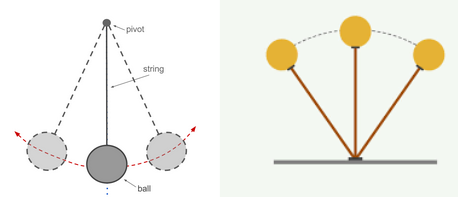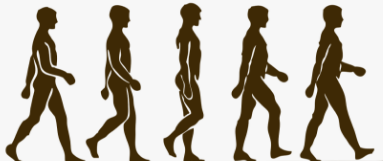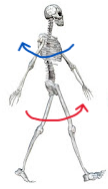Walking well by Mechanics
Walking like Inverted Pendulum
The concept of an inverted pendulum can be understood and applied to dynamic human walking, which relies solely on body weight force. This concept contrasts with the idea that walking involves a complex series of muscle contractions. During walking, our body behaves like an inverted pendulum, particularly during the single-leg stance phase of the gait cycle. Here's how this concept applies to natural walking:
Pivot and Center of Mass: In walking, each step begins with the foot acting as a pivot point, and the body’s center of mass rises and falls over this pivot. Just as in an inverted pendulum, where the mass is above the pivot and moves over it, the human body's center of mass is highest when the leg is straight and the foot is flat on the ground, and lowest when transitioning between steps.


BNSMS & inverted pendulum on walking efficiently
Saving energy while walking can make your walks more enjoyable and less tiring, especially if you're going on long walks or have physical constraints. Brain and Nervous System managing skeleton (BNSMS): As the one foot on the ground, the foot-arch forms the foundation for dynamic skeleton actions simultaneously at joints of ankles, knees, femoral head and sacrum. This technique makes your stride more natural and less energy-consuming.
Efficient Movement: By feeling and responding to body weight shifts and ground reactions through the feet, the nervous system can effectively control the skeletal movements required for walking. This not only helps in maintaining balance but also in moving efficiently, minimizing energy expenditure and reducing the risk of falls.


Walking Technique: Conservation of Angular Momentum
During walking, the swinging of the arms in coordination with the legs during walking is a fantastic example of how the body utilizes the principle of conservation of angular momentum to enhance stability and efficiency.
Angular momentum, in this context, refers to the quantity of rotation of a body, which is conserved when there is no external torque acting on it. By swinging the arms opposite the legs, the body minimizes the net angular momentum relative to the vertical axis. This conservation aids in stabilizing the body during motion.
When you walk, each arm swings in coordination with the opposite leg. This movement pattern helps to counterbalance the rotational forces and momentum generated by the legs.


